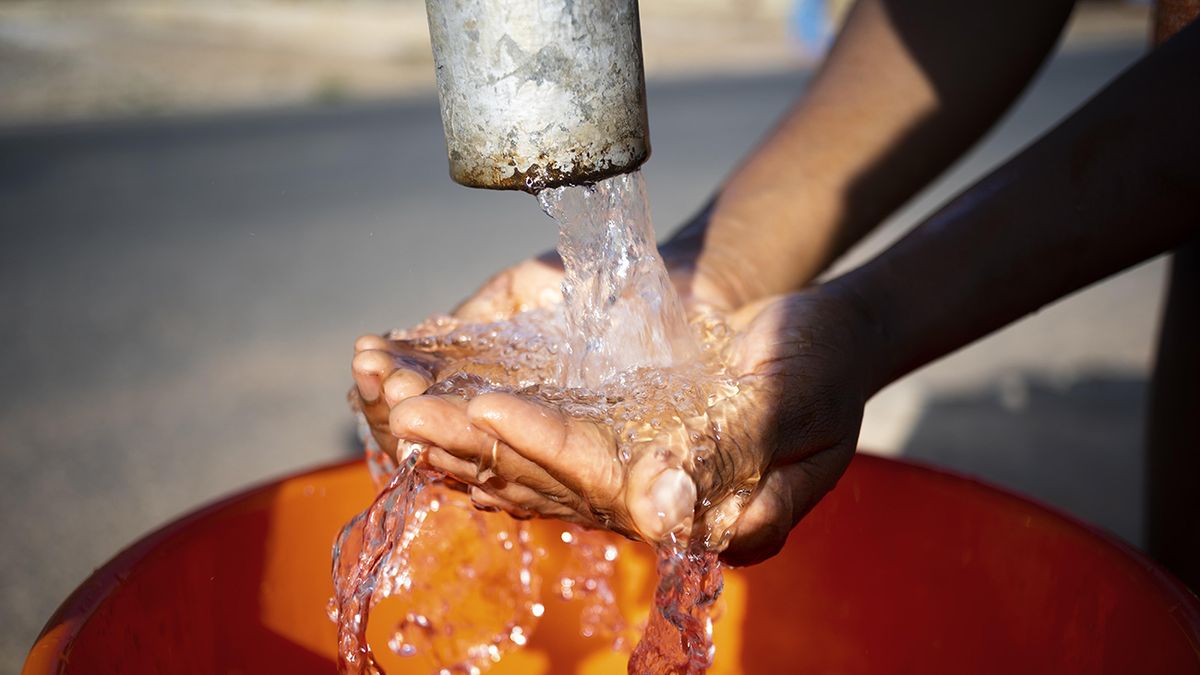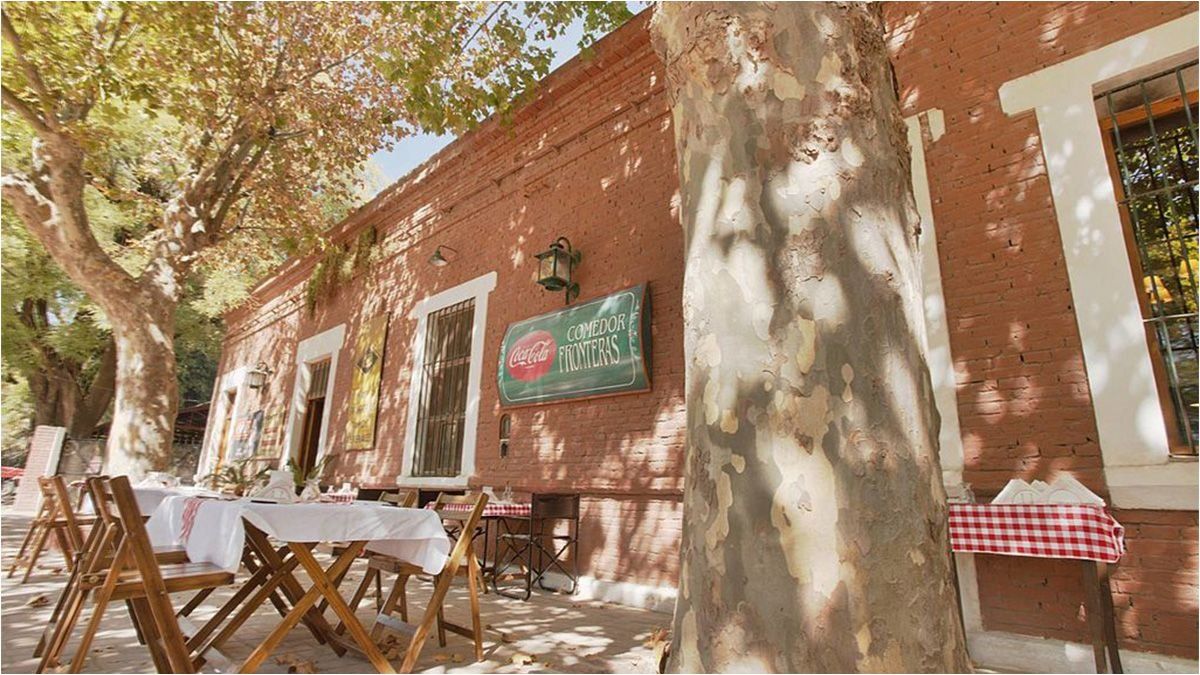Faced with the water crisis affecting the metropolitan area of Uruguay, specialists of the Faculty of Chemistry they assured that “there was no other choice” to increase the limit of trihalomethanes to proceed to the correct disinfection of the supply of SBI and prevent the possible occurrence of acute diseases.
He Dean of the Faculty, Álvaro Mombrú, He referred to the possibility that these chemical compounds are carcinogenic and admitted that it is something that “is under study.” It is that the trihalomethanes were qualified by the International Agency for Research on Cancer in group 2B, which places them as possibly carcinogenic, although below group 1 (proven) and 2A (probable). “It is not known what they are, nor is it likely that they are, it is possible that they are”, the teacher clarified.
Regarding the decision to increase the levels of chlorides, sodium and this compound, Mombrú clarified that “there was no other choice”. In this sense, he indicated that what is sought is avoid “acute diseases in the population” infectious, such as gastroenterocolitis. “From this point of view, this cannot be negotiated, the most intense chlorination had to be carried out,” he insisted.
Experts Faculty of Chemistry.jpg
The experts from the Faculty of Chemistry spoke about the presence of trihalomethanes in the water.
Photo: Faculty of Chemistry.
They recommend reducing the time of showers due to the danger of steam
When the teacher spoke Eleuterio Umpierrez, responsible for the Environment, Drugs and Doping Unit and head of the Organic Products area, referred to the harmful potential of steam when bathing. “There is talk of the water that one consumes, but in truth the most serious exposure to trihalomethanes is when we inhale it,” alerted the specialist.
Regarding this situation, Umpiérrez highlighted that the normal daily dose of water is two liters, while when one takes a bath “he normally spends 10 liters per minute, therefore he will be exposed to these vapors.” For this reason, he indicated that “to minimize the damage is to reduce the exposure time” and advised: “The baths have to be faster, shorter and ventilated.”
However, he admitted that “it is very difficult to assess with serious studies how much one ingests by way of vapors in a bathroom.” In his turn, Nelly Manay, professor in the area of toxicology, insisted that the presence of pathogens in the supply cannot be negotiated.
Finally, in the midst of an increase in the salinity of the water that came to complicate the domestic sphere, which even complicates experts recommended other measures such as boiling water 3 to 5 minutes before cooking, since trihalomethanes are largely removed during boiling; In the case of having water wells and filters, carry out periodic analyzes of their quality and maintenance; and be informed about the evolution of the situation and official recommendations.
The highest salinity in the water was authorized by the MSP
The distribution of drinking water with higher levels of sodium, chlorides and trihalomethanes was authorized by the Ministry of Public Health (MSP), who allowed the adjustment to OSE at least until July 20. In fact, the company continues to distribute water with higher levels of salinity, with maximums of 440 milligrams of sodium and 720 milligrams of chlorides per liter of water, according to an ordinance dated May 4.
From the MSP they also recommended for the general population maintain the usual daily water consumption, although avoiding adding salt to food for children who are beginning to eat. In addition to the population most at risk If you are not known to be hypertensive, for example people over 60 years of age, they recommended regular blood pressure checks.
Source: Ambito




